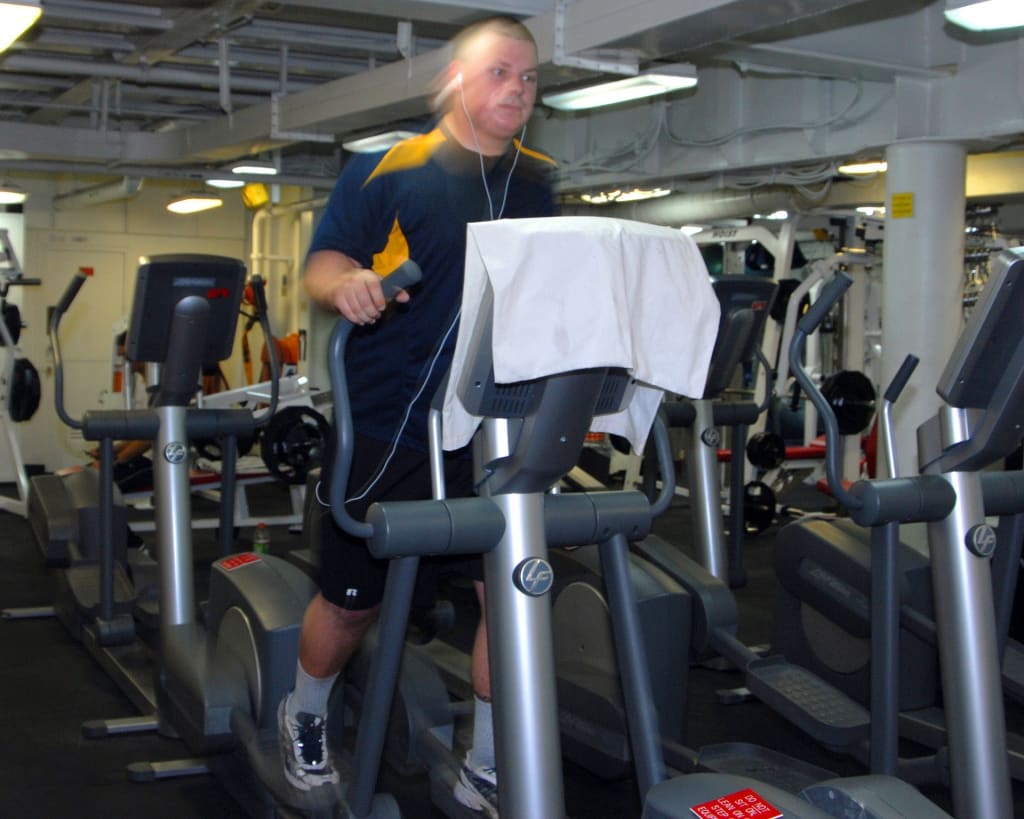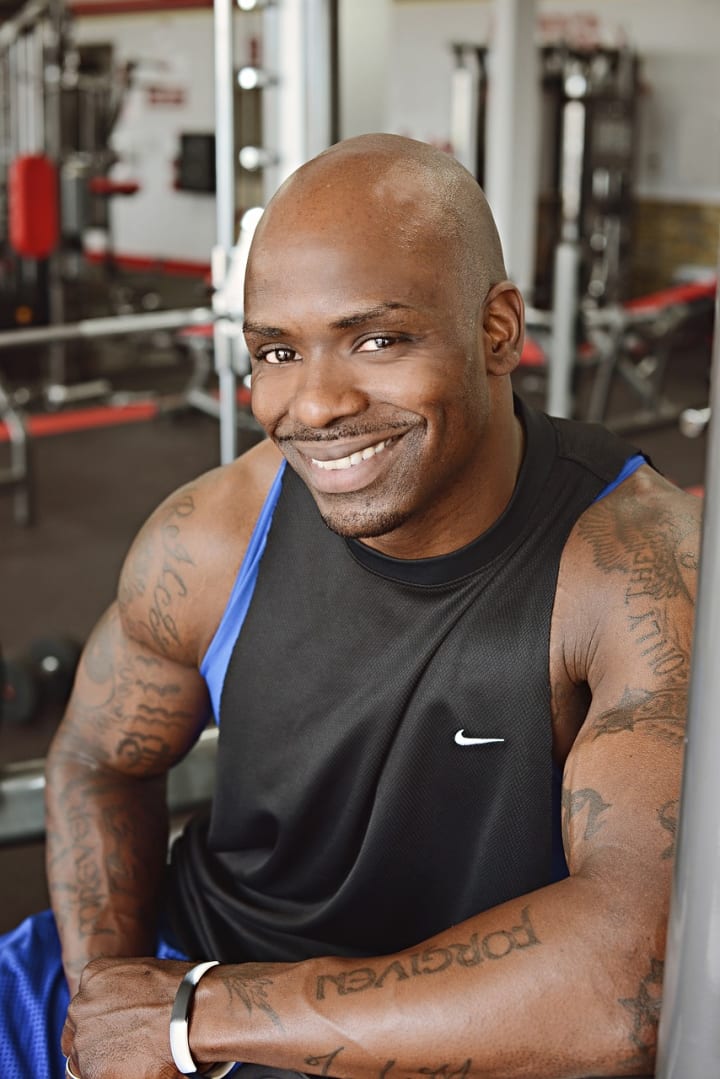An Exercise Prescription for You
Basic principles and helpful tips

Exercise is an important component of fitness and therefore of any wellness program. People exercise for many reasons, most commonly for weight loss, strength conditioning, improving flexibility, aerobic conditioning, and/or toning. It’s important to understand some basic principles about exercise as a way to help you achieve your fitness goals.
Just the Facts

pixabay image
Let’s start with some basic metabolism facts. Your body consumes calories derived from what you eat and drink. These calories are processed into fuel which powers your body’s metabolic processes in much the same fashion as crude oil is processed into gasoline to provide the fuel for your car. Your body has two general categories of fuel needs. One is to support the basic cellular and organ functions that keep you alive. Things like powering your heart, your digestive system, cellular repair, regeneration, removal of waste. All of these processes are occurring while we are awake, asleep, basically 24/7. And, all of these processes consume energy and therefore need a fuel source. We call this category of energy consumption your basal metabolic rate. It is analogous to the energy your car needs while it is at idle.
The second category of fuel needs comes from the things you do that require energy. Eat a big meal, your body gets to work to digest, absorb nutrients, and excrete waste. Go for a walk, your body consumes energy to power your walking muscles. If you go for a run, this requires even more energy. Study hard to prepare for a test and your brain uses more energy. All of these extra activities require fuel and this extra fuel is beyond what is required by your resting or basal metabolic needs. Think of this like the extra gas your car needs to move instead of just idle. The faster and farther your car goes the more gas it needs. Simplistically, the same is true for your body.
Food and drink provide calories, but not all calories are handled the same way in the body. Your body can process fat calories expending less energy than calories derived from carbohydrate and protein sources. What you eat and when you eat affects how many calories are left over after your body finishes processing those calories. In the same way refining crude oil can be done more or less efficiently with more or less gasoline as a result.
What does your body do with the fuel it has after processing? Basically, this fuel powers your basal metabolic and additional metabolic activities. If there is extra fuel left over, your body stores this, usually in the form of fat. If there is insufficient fuel, your body draws from reserves which have been stored previously. Simplistically, think in terms of supply-and-demand. If the supply exceeds demand, the body makes fat. If the demand exceeds the supply, your body breaks down fat to meet your energy needs.
When you are trying to lose weight, your goal should be to have a net caloric deficit. This can be achieved by reducing the calories you consume, increasing the calories you burn, or a combination of both. An important thing for you to understand is the fact that your body needs less calories to support fat tissue and more calories to support lean tissue (primarily muscle). When you replace fat with muscle, even maintaining your same body weight, your body’s basal metabolic rate increases just to support that additional muscle. That is one reason why strength training, which builds muscle mass, can be effective in losing body fat.
Aerobic conditioning refers to how the body burns calories. This can be done with oxygen (aerobic) or without oxygen (anaerobic). Aerobic conditioning improves the delivery of oxygen throughout the body. Your heart is a muscle. This cardiac muscle and your skeletal muscles are best powered aerobically. Using these muscles over a sustained period is the way our body develops more aerobic capacity. This is the goal of endurance and cardio training. Aerobic fitness activities use large muscles sustained over a period of time. Bicycling and running are excellent examples of this type of exercise. Because aerobic exercises burn a lot of calories, they are a great way to increase your caloric deficit and lose weight.
It’s a good idea to stretch your muscles before and after exercising. Stretching helps prevent injury. It’s also a good idea to check with your health care provider to see if certain exercises are safe for you in the context of your overall health and medical conditions.
The Workout Plan

pixabay image
An exercise prescription has four different elements: type, intensity, duration, and frequency. Here I am going to focus on the simplest prescription for general conditioning.
1. Type: Aerobic. Remember this type of activity uses large muscle groups such as those in your arms, legs, buttocks, and core.
2. Intensity: We can use our heart rate to help us determine how intensely we are exercising. The higher the heart rate (HR), the greater the intensity. Use the formula 220 minus your age multiplied by 60% as the low HR and multiplied by 80% for the high HR. By checking your pulse, try to remain in this 60 – 80% range. For example, if you are 42-years-old, your target heart rate should be between 107 – 142 beats per minute.
3. Duration: As a minimum, you should try and exercise at least 20 sustained minutes in your target heart rate range during your workout. This will require your body to fuel muscles aerobically and improve your oxygen delivery throughout your body.
4. Frequency: Aerobic exercise at least three times per week is recommended. It’s also a good idea to vary your exercise routine to give muscles a day or two to recover from a workout. Doing strength training alternating with cardio is an excellent idea.
Exercise physiology and nutrition are complicated areas and can be difficult to understand. I have tried to give you a simplified overview of how to approach an exercise program that will help you achieve your fitness goals. I encourage you to speak with your health care provider about specific advice on how to achieve these goals.
Here I’ll share that I just returned from the gym where I started my workout with stretching exercises, did a 25-minute workout on an elliptical machine (a good method for cardio which is kind to my aging joints), as well as some light strength and resistance exercises. Total time at the gym—1 hour.
If I can do it, so can you. What are you waiting for?
Be healthy.
Dr. Victor Acquista is an International author of two health books and a Health and Wellness column. Pathways to Health--An Integral Guidebook has been an Amazon Bestseller.
About the Creator
Victor Acquista
Victor Acquista, M.D. has become a successful international author and speaker following careers as a primary-care physician and medical executive. He writes both fiction and non fiction.
More info at www.victoracquista.com






Comments
There are no comments for this story
Be the first to respond and start the conversation.